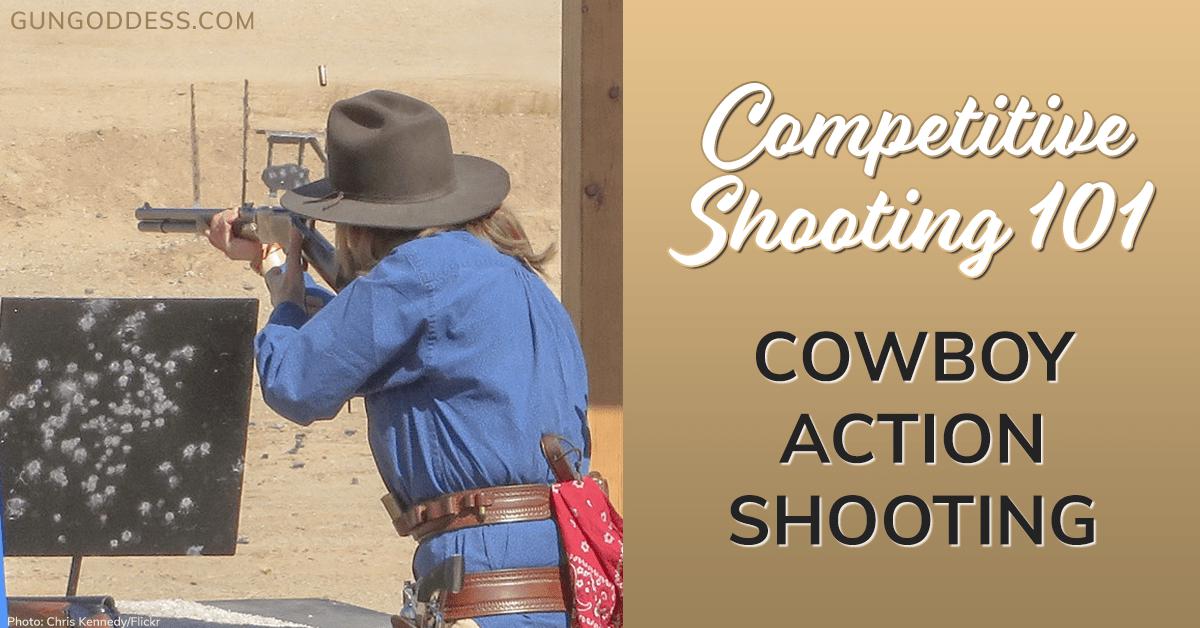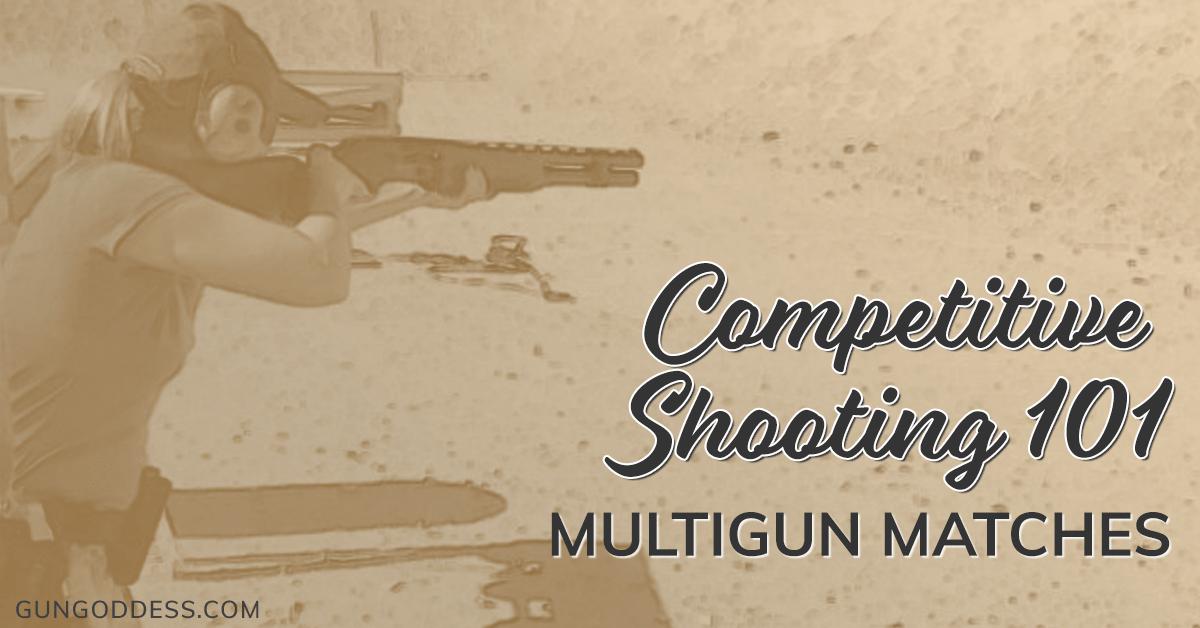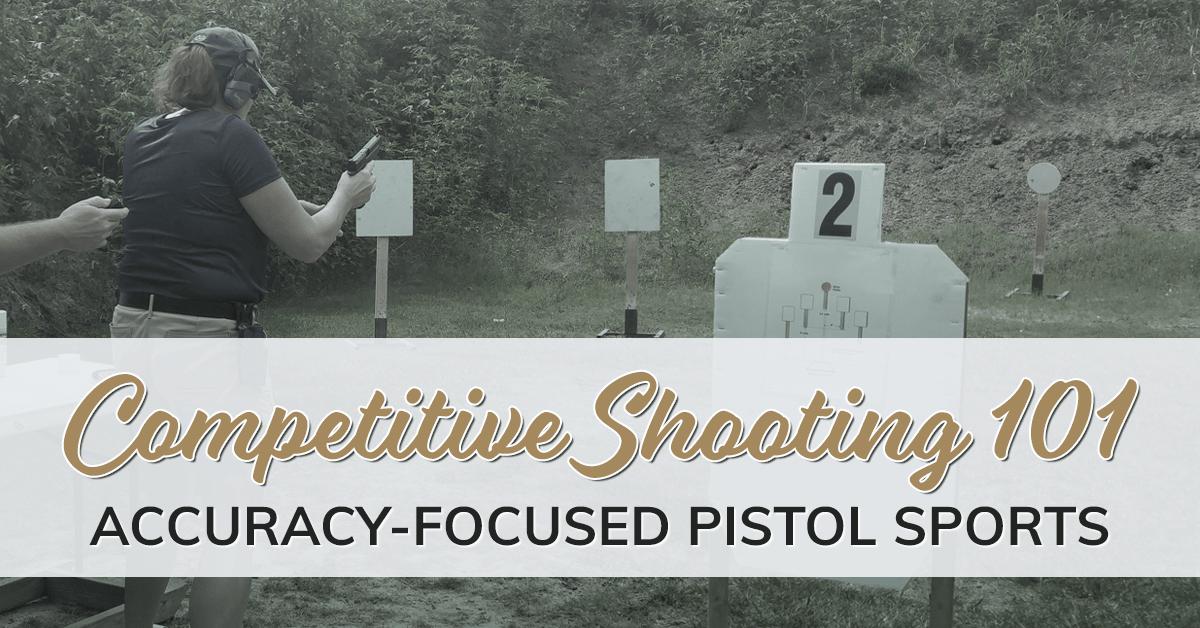Your Cart is Empty
Orders Over $100 Ship FREE (USA)!
Orders Over $100 Ship FREE (USA)!
CONCEALED CARRY
(Apparel with holster pockets or concealed-carry features)
(Apparel with holster pockets or concealed-carry features)
PARTS & GEAR
RANGE STYLE
Gift shopping & not sure about size or style? Give a gift card instead!
Gift shopping & not sure about size or style? Give a gift card instead!
GIFT IDEAS
The entire site is full of products that make great gifts, so browse all of our collections! Still not sure? Give a gift card!
The entire site is full of products that make great gifts, so browse all of our collections! Still not sure? Give a gift card!
EXPLORE
Competitive Shooting 101 - Choose Your Discipline
3 min read
As you begin to shoot more often, take classes and get to know other people that shoot, you will likely begin to hear about competition shooting.
That sounds pretty scary, right? Competition!
You may think that you are not yet good enough to participate, but there are many different types of competition and most will allow beginners to participate as long as they know and practice basic safety rules. Take a look at the types of competitions and matches available to have fun, be safe and practice your shooting skills.
Bullseye or Marksman Competition
These types of matches focus more on accuracy and less on speed. The idea is to get as many rounds in the X-ring with the goal of making a perfect score based on the number of rounds. These types of matches are perfect for beginners. For example, the Glock Shooting Sports Foundation (GSSF) has an Indoor League match available at select ranges. Shooters will utilize various courses of fire selected by the Match Director to shoot 50 rounds at a target at various distances. The idea is to get all 50 rounds in the X-ring or 10-ring for a perfect score of 500. There is no moving or drawing from the holster. The course of fire is similar to what you might practice at a normal visit to the range and the strings of fire have a time limit, but it is usually pretty generous.
The GSSF Indoor Matches use a type of scoring called Lewis Prize Allocation which is a fancy way of dividing the number of shooters by three to create a system where shooters are competing against others with similar skills. Participants are eligible to win merchandise and possibly even a firearm.
Many ranges will create their own casual bullseye shooting competitions, such as a match that may require you to shoot only .22 caliber firearms or a league series with handicapping that make it more balanced for all skill levels. Check with your local range to see if they offer bullseye or marksman type matches.
Action Shooting Competition
Action shooting competitions are full of what the name indicates…ACTION!
 In Action Shooting matches, shooters draw from the holster and move to various positions to engage targets while being timed. The match consists of multiple stages to shoot. Each stage is set up as a scenario of sorts, such as draw and fire 2 shots at Target 1 from the starting position, then move to the second position and fire 2 rounds at Target B. In action shooting matches, shooters get to practice skills that are more complex than the basic fundamentals such as drawing, shooting on the move, performing reloads, shooting from a barricade and transitioning between targets all while being time.
In Action Shooting matches, shooters draw from the holster and move to various positions to engage targets while being timed. The match consists of multiple stages to shoot. Each stage is set up as a scenario of sorts, such as draw and fire 2 shots at Target 1 from the starting position, then move to the second position and fire 2 rounds at Target B. In action shooting matches, shooters get to practice skills that are more complex than the basic fundamentals such as drawing, shooting on the move, performing reloads, shooting from a barricade and transitioning between targets all while being time.
An added bonus is that shooters also learn how it feels to shoot under the influence of adrenaline in an environment where safety is a priority. A final score comes from the raw time it takes to shoot a scenario with points (time) added for any inaccurate shots. There may also be procedural points added if the shooter did not follow a specific course of fire or inadvertently shot a target they shouldn’t have.
Shooters are normally grouped for scoring according to their skill level and the type of firearm they are shooting. This allows for shooters to be scored in a group with their peers rather than a new shooter competing against a master shooter.
Some examples of the more common action shooting matches include those hosted by International Defensive Pistol Association (IDPA) clubs and United States Practical Shooting Association (USPSA) clubs.
The Environment
Most local shooting competitions welcome new shooters as long as they are safe shooters. It's common to have to participate in a new shooter safety brief of some sort prior to their first match at any club - expect to be reminded about muzzle direction and other safety requirements to ensure a safe match. Also, match shooters are among the friendliest shooters that a new shooter can encounter. Experienced match shooters are willing to provide explanations about everything from equipment to shooting methods to ammunition types. There is much to be learned at the range during an action shooting match.
To wrap it up, do not be afraid or apprehensive about taking the first step to shooting a match. The environment is safe and friendly and you will leave with a great deal of new information. You get to practice skills that are normally reserved for classes rather than an average trip to the range. You will get to meet some great, helpful people. And you just might find (or become addicted to) a new hobby.
Contact your local range to find out what types of matches may be available in your area and don't hesitate to go watch a match to see if it appeals to you!
Also in Lifestyle: Shooting Sports

Competition Shooting 101 – Cowboy Action Shooting
3 min read
Do you like to shoot? Of course you do! Do you also like to dress up and role-play a bit? If that combination sounds like fun, Cowboy Action Shooting Matches might be just the thing to satisfy both!
Read More
Competition Shooting 101 – MultiGun Matches
3 min read
Are you thinking about taking the plunge into competitive shooting but you can’t decide whether you want to compete with your handgun, your rifle or your shotgun? Good news, multigun matches allow you to compete with all of them!
Read More
Shooting Competition 101 – Accuracy-Focused Pistol Sports
4 min read
Bullseye, Glock GSSF, and Bianchi matches are 3 different types of pistol matches that are great for both new and experienced shooters. Here's a guide to these sports so you can learn more about them.
Read More